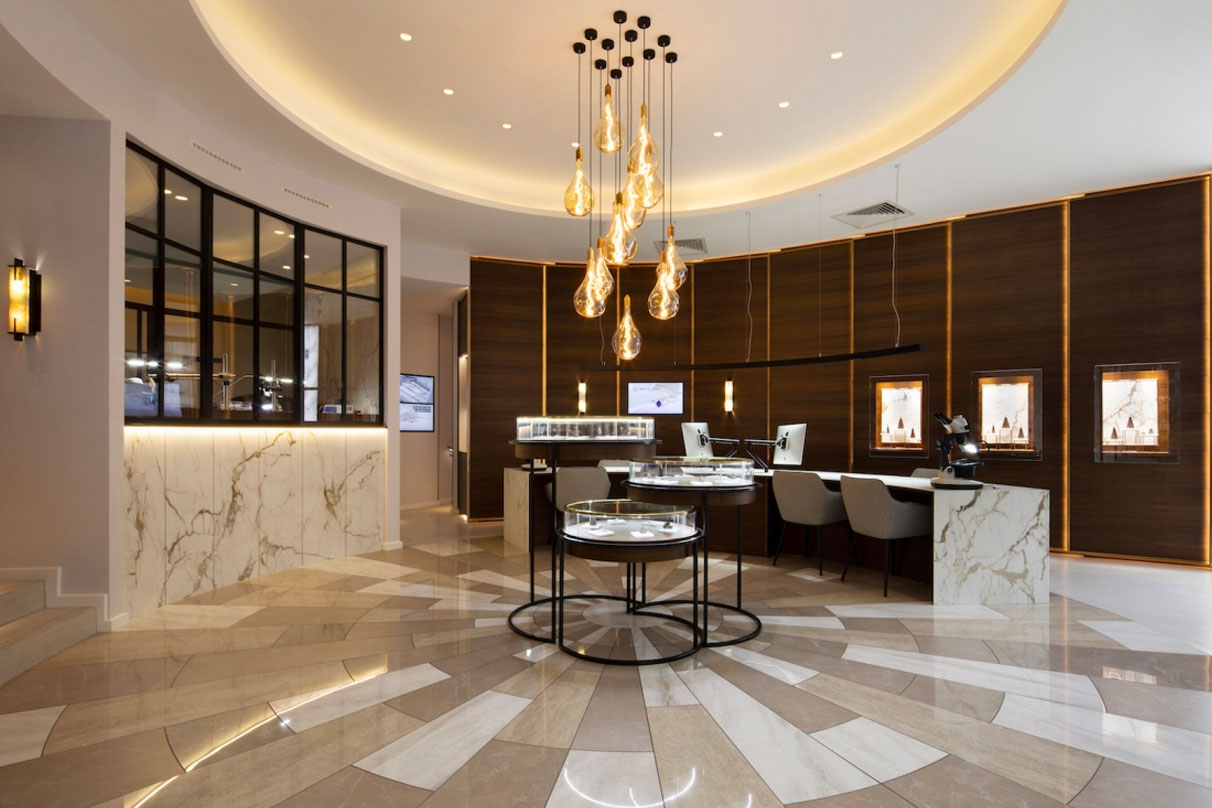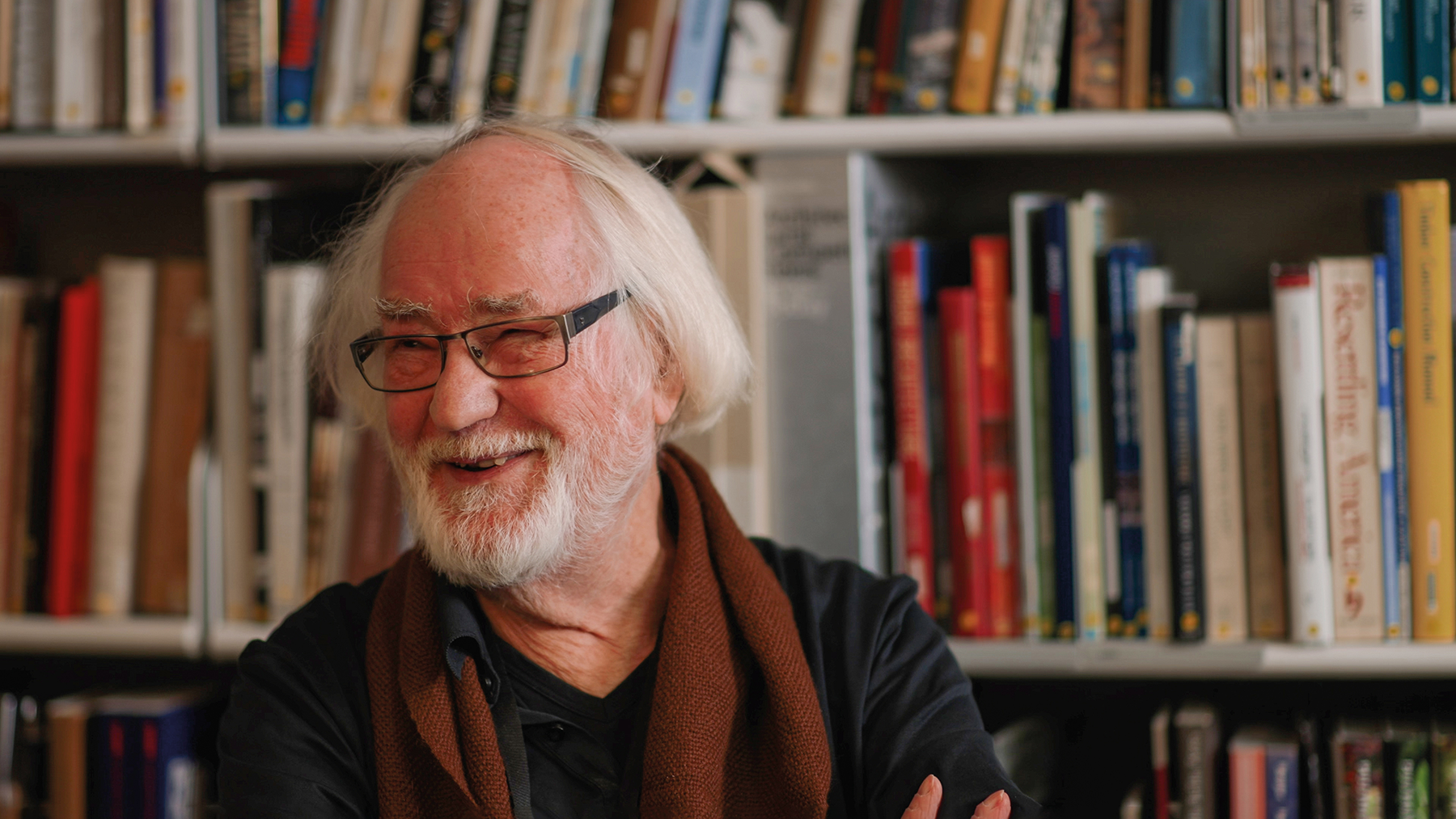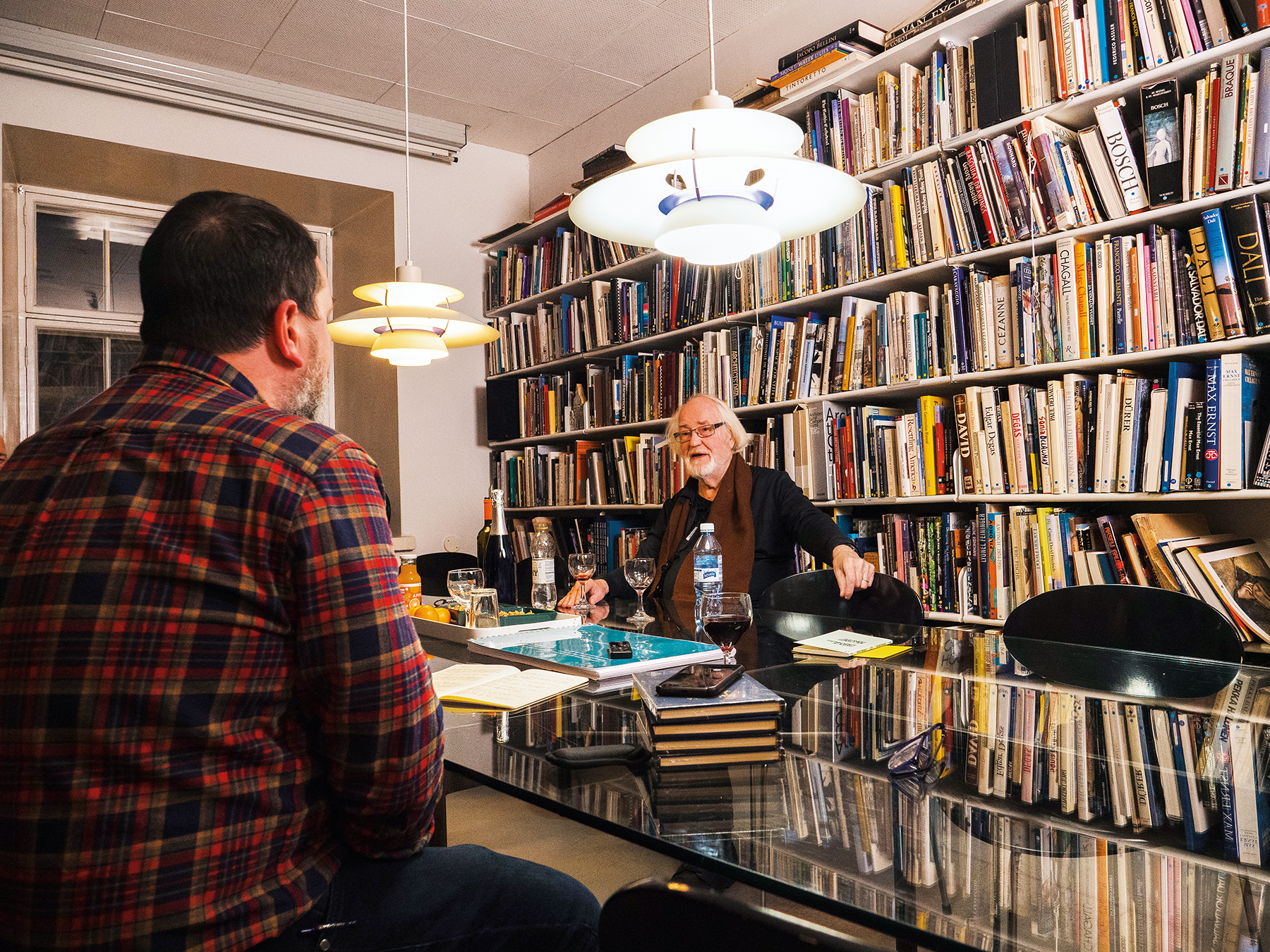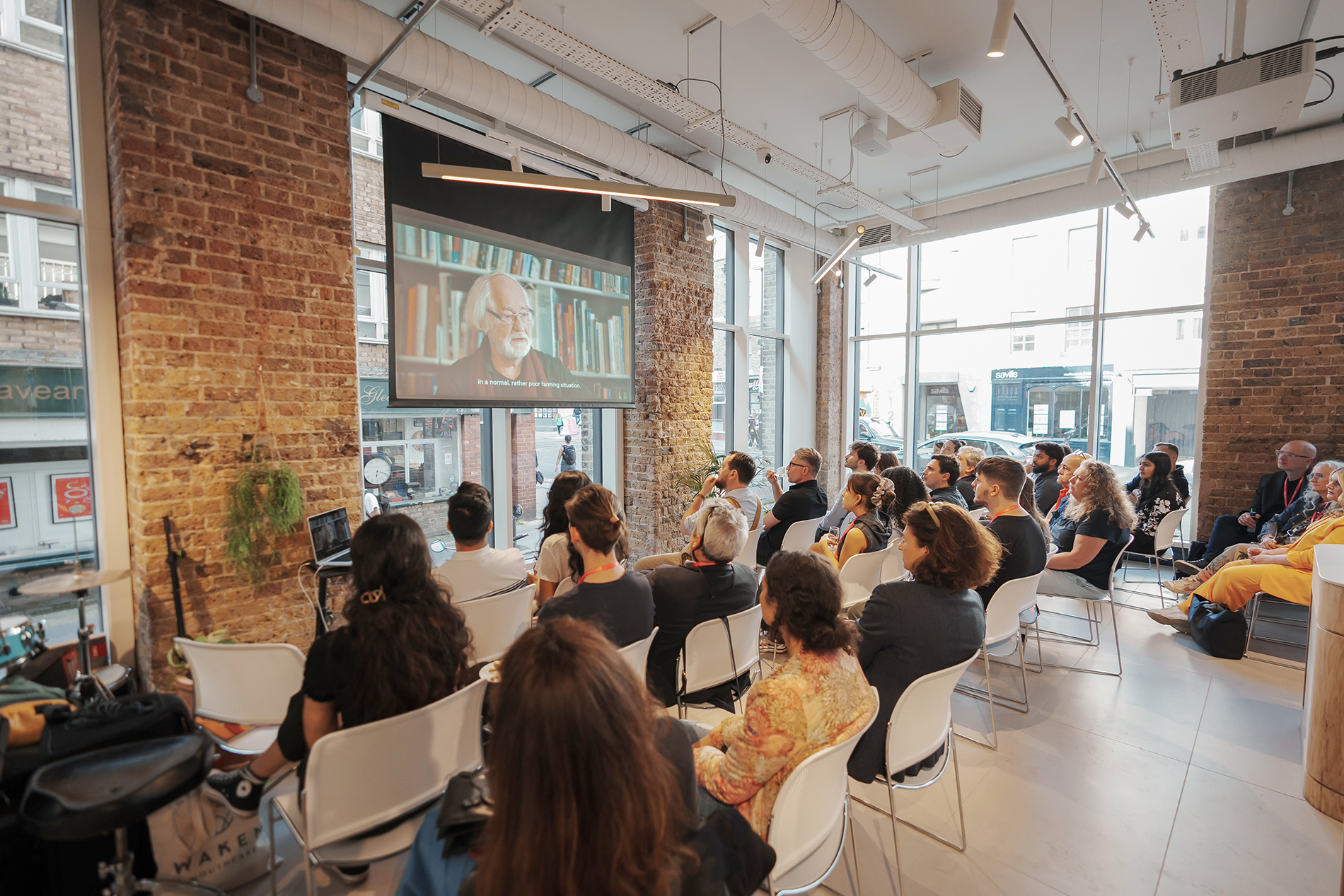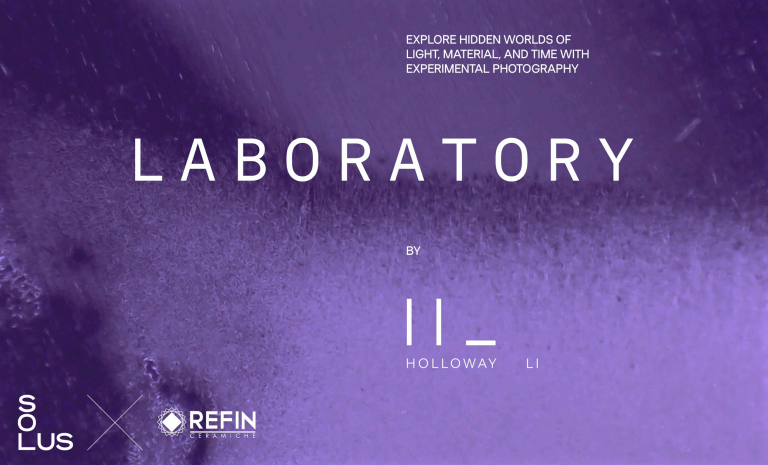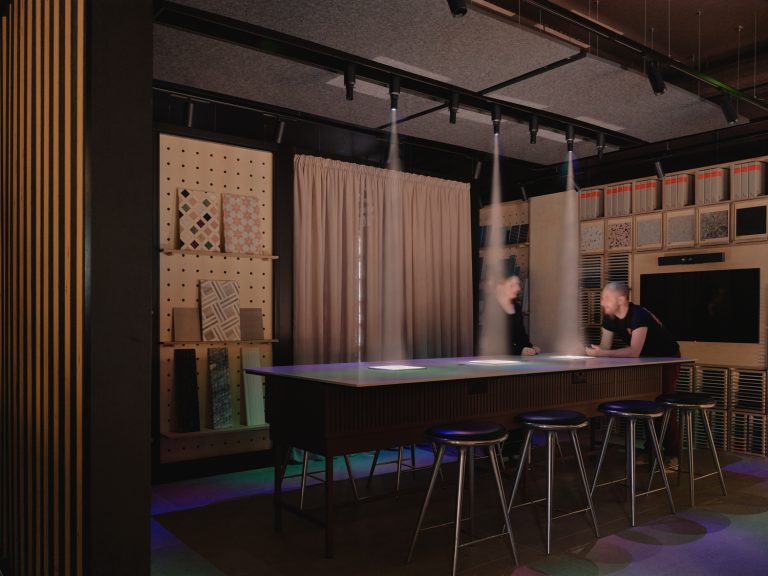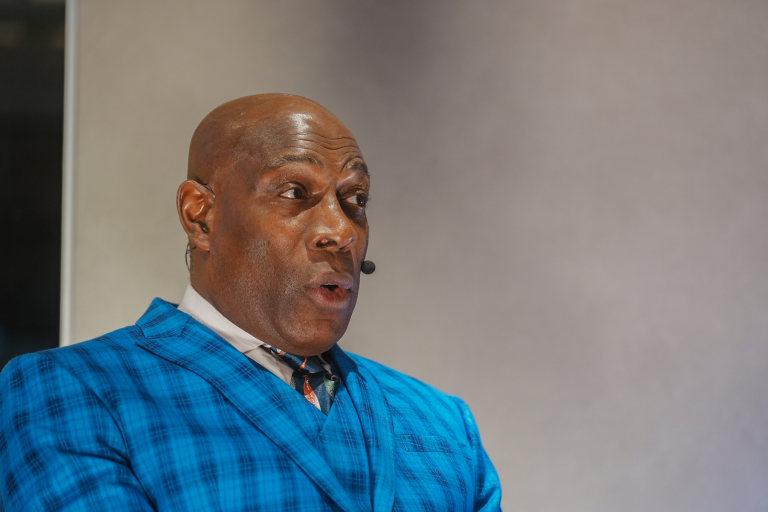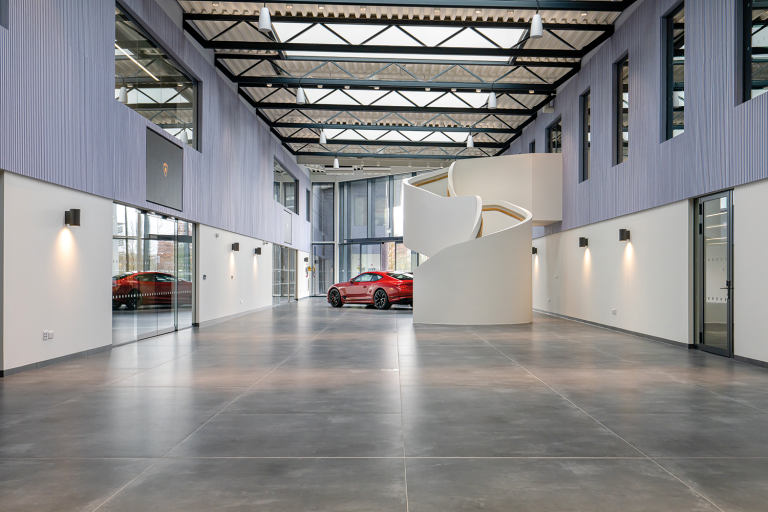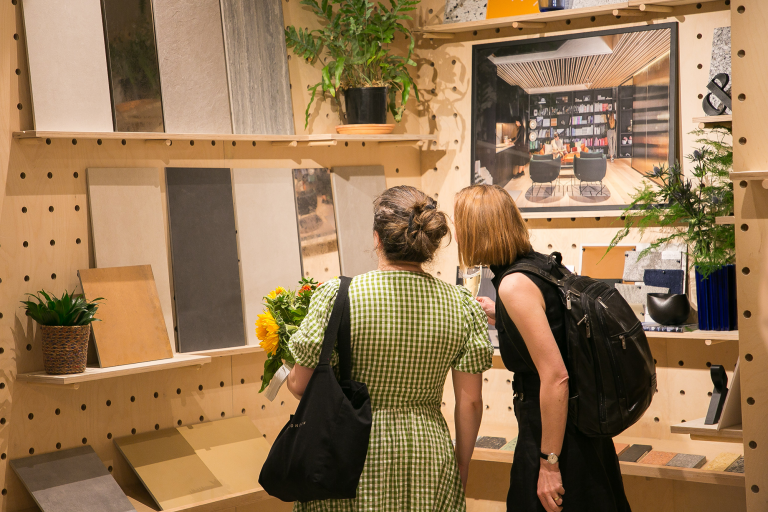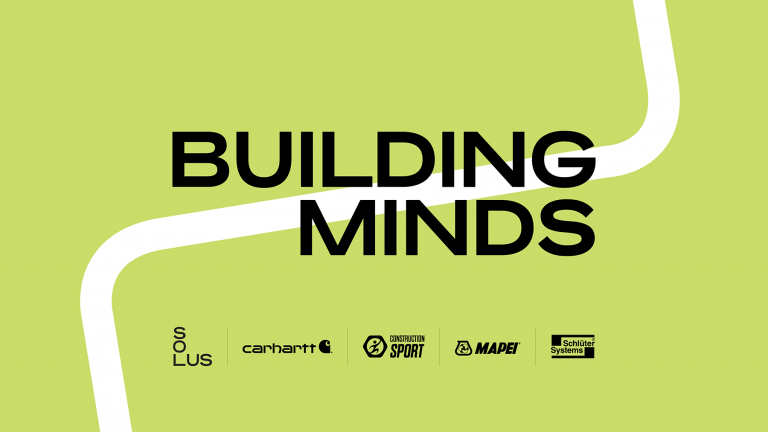When did you realise that you wanted to be an architect?
I realised that there was such a thing as architecture as a kid. My grandfather’s house was on a low hillside; on one side of the yard was a sauna and on the other a long cow shed. There was an axis, which one could experience with an echo… there was a special echo, and standing there, listening to that echo really got my imagination going. I realised that there is a thought in how these buildings have been placed. And so, I realised something, I think, rather fundamental in architecture when I was six years old. I didn’t know how to call it, but I sensed it – the positioning of the buildings in relation to each other in a meaningful way. And that is architecture – positioning things in meaningful ways – that’s architecture. For me, architecture is choreography, which is another way of saying “placing things in a meaningful way”.
As an Educator, you appear to be concerned with the character of the Architect. Why is that important?
This is the very foundation of any creative person, the sense of self. Which also of course means, self in relation to the world. And that introduces the ethical dimension right there. It’s almost useless to start to teach architecture as a technical discipline or as an aesthetic discipline without first setting a fire in the heart of the young person. The success of education relies exactly on that. Without that internal fire the greatest teacher cannot make a skilful architect. We are all self-made in this sense and it is this process that a good teacher initiates and supports. I think an incorrect goal of education is to evoke egos. I’m suggesting the total opposite – the loss of the ego.
You’ve written about how tertiary Education should ideally be a synthesis of ethics and culture, leading to wisdom. Why is wisdom important in Architecture?
Wisdom is the highest level of human qualities. Wisdom cannot be objectified. It’s a completely unfocused capacity to understand. To understand what? Just to understand! (laughs) And it is becoming very rare in today’s world. Other things that are becoming rare are individuals with wide visions. Because we are a culture that believes in specialization and expertise. One of my favourite writers, the Russian Nobel Prize Laureate Joseph Brodsky, writes that ‘A writer does not collect expertise, he collects uncertainties.’ That’s what a good architect also does.
You have an abiding interest in the history and culture of Italy. Why is that?
I am not a historian at all. My reading in History is a personal reading from certain points of view. Simply, there is so much in Italian history that that has been important for me, from the Proto-Renaissance painters through Renaissance. Whenever I begin a new architectural design project, I don’t go to the section in my library with architectural journals to look at works by other architects on the same kind of task. I take one of these books on early Italian painting. Fra Angelico, for instance, is a supreme stimulus for architectural thought, a pure architectural thought. It’s no surprise that Alvar Aalto in his youth was very much inspired by Giotto and Fra Angelico. The entirety of early Renaissance painting, as well as icon paintings through history, have a kind of a child-like naiveté where buildings are presented as human beings. They have human proportions, and it is just so endearing! It is a conversation between buildings and human beings that we see in these paintings. Today we understand nothing of this. We used the word wisdom a bit earlier. This is the wisdom of not separating things. Our culture, in its very essence, is a culture of separation. Because that’s the process by which investigation is made. I think art is trying to do the opposite movement – putting things back together.
How does your love of poetry inform your architectural sensibilities?
Poetry is my example for artistic work when I teach students. The poet sees something general and significant and historical and prehistorical in an image, and then gives it a new life.
As a writer, you have quite a rigorous process. Does the chisel shape the sculptor?
I usually write because I have been commissioned to write (smiles). The process starts with somehow thinking about what I have been asked to do. And then I forget what I have been asked to do. And then things happen, begin to somehow appear, or just come through my pencil. I never have a preconception for any of my essays. I mean as an entity, never. It’s like a sculptor’s moulding work. Piece by piece and then the pieces take form, and they suggest other pieces and that’s how it goes in my work. I guess that would be true for any artist. Salman Rushdie has a wonderful line where he speaks about the creative work ‘It is a point where the writer permits the world to flow into him and him to flow into the world.’ I think it’s a beautiful and precise description.
What advice do you give to young architects just starting out?
I always advise my students to keep away from professionalism. It’s the professionalist attitude that kills your pure intentions. It also kills your ethical sense. I’m old enough to say this to any architect’s association and I have written that we architects are to blame for this catastrophic situation of Architecture in the world. We have become just a service profession for finance people and developers.
Because of the loss of ethics?
Exactly! The loss of self-identity, self-respect. Architect’s associations around the world have been repeating the same mistake. They try to defend the architect’s profession. No, they should defend architecture! Architecture as a form of art.
Most people’s experience of architecture is quite passive. Architecture is imposed upon them. How do we address that?
Well, I would first say that I disagree with your premise. People are perhaps consciously uninterested in architecture and consciously unable to verbalize what it means, but in the existential life, architecture has a significant unconscious task and perpetual function. What would an ordinary person in the street know of History without the city and its layers that the person lives in? Architecture is an art form that penetrates human life. It does not have to be intellectually or theoretically understood. It can just be faced and enjoyed.
Or, also, in the negative cases people can become ill. There was a famous study in the late 60s in America of slum residents who were taken away from their housing areas because they were being rebuilt. The sorrow of the lost home was equivalent to the sorrow of a lost relative. That was the result of a psychological study. That just shows how deep our tie with specific settings and particularly the home. Home is a place for the naked human being. Only there do you feel safe enough and protected enough to be naked. I don’t believe architects think about nakedness much nowadays. All these things must be thought and felt. Otherwise, how could they come through in in a design task?
Our culture is getting too smart in forgetting our mental history – the history of the mind. Sigmund Freud published “On the Interpretation of Dreams” in 1899. It was a door to the century of modernity. And early modernity was, of course, very interested in the subconscious and dreams. In today’s world, forgotten! Architecture is just surface, nothing else.
How important are our senses in our understanding of architecture?
Well, as you know, I have studied and written quite a lot on vision. Particularly the alteration of vision, or the first the change in the hierarchy of the senses in the 17th century. Until then we had been hearing, smelling, and touching creatures, but we turned into visual creatures. And this is even more accelerated today when everything is becoming increasingly visual.
I see this as a not only a sad thing in the way architects and artists tend to think, but a real threat to humankind. I’m here again thinking of evolution. We did not evolve as people who would watch images all day. Our eyes are not good for high levels of light. We are creatures of shadow. In the African Savannah, early people did not move in the daytime, they slept, and they hunted in the evening and early morning in dim light. Our eye is still more sharp when the illumination is low. This is just an example of how much harm we might be doing to ourselves with all these inventions.
One of the foundational problems today is that we do not see ourselves in the process of evolution. Do you know what these triangles are, here in the corner of the eye? These are vestigial eyelids. They are called Plica Semilunaris, and they are the points where the horizontally moving extra eyelids were fixed when we were lizards (laughs). Evolutionary history is right in our gaze, but we don’t we don’t care!
How do you retain your intellectual curiosity?
I think curiosity is a very important talent. Children have curiosity but they lose it and that is because of bad education. Education should promote and strengthen the sense of curiosity. I think the most important of human capacities is imagination. Without imagination we would not even have an ethical sense. We need to be able to imagine what consequences or alternative choices we have otherwise, there is no ethical choice. But curiosity is the instinct that brings us next to the interesting things. I would dare to say that that my life has been guided by the farm boy’s curiosity. I’m still the farm boy who was standing by the river with brown water, running through my grandfather’s farm. I knew each fish in the river, and I had given them names, so when my grandmother asked me, “Juhani, could you go on catch three fishes for a fish soup?” I said, “Which ones shall I catch?” (laughs)
You have said, ‘Art is the only trustworthy area of human culture.’ Why do you think this is?
In principle, art, genuine art, is an area which expresses the human being, Humanity, most purely. Science, for instance, by very definition, takes things apart. Art presents and projects the human in its very essence. One of my close friends in school days was the famous Finnish modernist composer, Paavo Heininen. He said to me once, “All arts say the same thing. This is how it feels to be a human being.” I think it’s a very fine definition for art.
Why is art so important to the human experience?
The real quality of art is in its relation to its authenticity. In the case of the child, very soon the children’s drawings will pick up themes from the adult world. For instance, the house gets a chimney, four windows, and a door, not because the child sees this house or even lives in this house, but because this is how a house is represented. Instead of teaching children adult values and qualities, it would be better to protect their imagination as long as possible. That’s also what I’m trying to do in my teaching of architecture students. I try to somehow evoke and protect their personal imaginations instead of surrendering to the standardised image of what architecture is.
